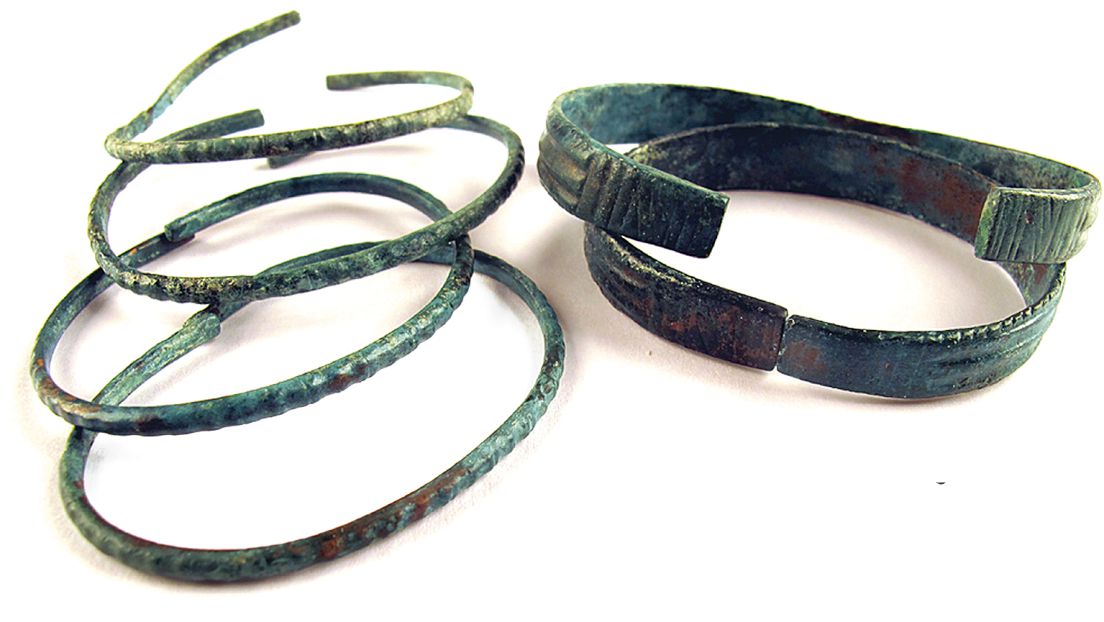A human sacrifice from the Final Hallstatt period in south Bohemia?
Interpreting finds from the slope of Early Iron Age hilltop site on Vraný vrch near Spolí, Southern Bohemia
DOI:
https://doi.org/10.35686/AR.2017.32Keywords:
Final Hallstatt period, hoard, ritual, human sacrifice, situla art, jewel, anthropological analysis, plant macro-remains analysis, long-distance routesAbstract
The article addresses finds uncovered on the hill known as Vraný vrch near Spolí in the Český Krumlov district. A group of six bronze bracelets from the Final Hallstatt period were found at an elevation of 635 m a.s.l. and 20 cm below the ground at the base of a rocky promontory on a hillside dropping steeply to the Vltava River. During the subsequent trench excavation to verify the location of the find, ten fragments of dislocated human bones from an adult individual were found at the same depth, and a brown-yellow glass ring with a diameter of 34 mm was also lying nearby. The finds are probably evidence of the ‘sacrificial’character of the site. The identification of plant macro-remains allowed a partial reconstruction of the natural environment of the studied location. An analysis of the artefacts and the entire find situation, evidence of additional finds in the broader area of the bracelet hoard, the testimony of images on contemporary situla art and parallels from Central and Southern Europe raise numerous questions on the form of various religious rituals of the Early Iron Age. The remarkable glass artefact from Spolí indicates superregional contacts, and the paper in broader contexts also deals with the issue of reconstructing long-distance corridors.
Downloads












